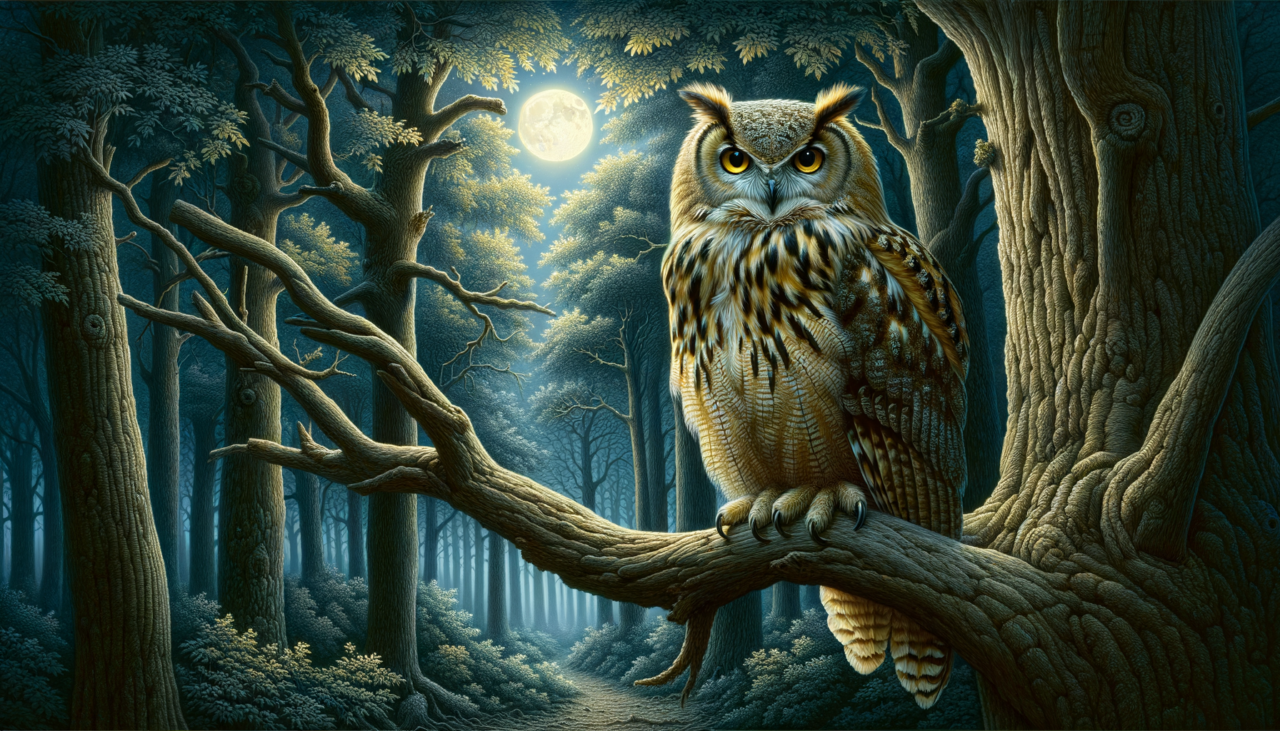When it comes to the wonders of the avian world, few creatures captivate our imagination quite like the owl. Did you know that these enigmatic birds are characterized not only by their distinctive hoots and hauntingly beautiful eyes but also by their surprisingly varied weights? Depending on the species, an owl can weigh anywhere from a mere 1.4 ounces, like the diminutive Elf Owl, to an impressive 10 pounds, as seen in the majestic Eurasian Eagle-Owl. This weight range is a testament to the incredible diversity within the owl family, with over 200 species adapting to habitats all around the globe.
My first encounter with an owl was during a camping trip in the woods of New England. As the sun dipped below the horizon and the forest grew silent, a Great Horned Owl perched nearby, its silhouette stark against the twilight sky. It was a moment that ignited my lifelong fascination with these nocturnal raptors. But how does one weigh an owl, you might wonder? It’s not as simple as placing a bird on a scale. Wildlife experts often use specialized equipment, taking great care to ensure the bird’s safety and comfort. Knowing an owl’s weight is crucial for understanding its health, growth, and ecological impact—information that aids in conservation efforts and educational outreach.
Owls have been woven into the tapestry of human culture for millennia, symbolizing wisdom, mystery, and even omens. As a child, I was enthralled by the tales of Athena, the Greek goddess of wisdom, who was often depicted with an owl by her side. But beyond mythology, understanding the weight of an owl is vital for their conservation. By monitoring weight changes, scientists can glean insights into their diet, migration patterns, and overall well-being. It’s a small yet significant piece of the puzzle in ensuring that these remarkable creatures continue to thrive in their natural habitats.
In conclusion, while the weight of an owl might seem like a trivial detail, it holds the key to unlocking deeper knowledge about these fascinating birds. So next time you hear the distant call of an owl, remember that there’s much more to these feathered inhabitants of the night than meets the eye—or ear.

Comments (0)
There are no comments here yet, you can be the first!